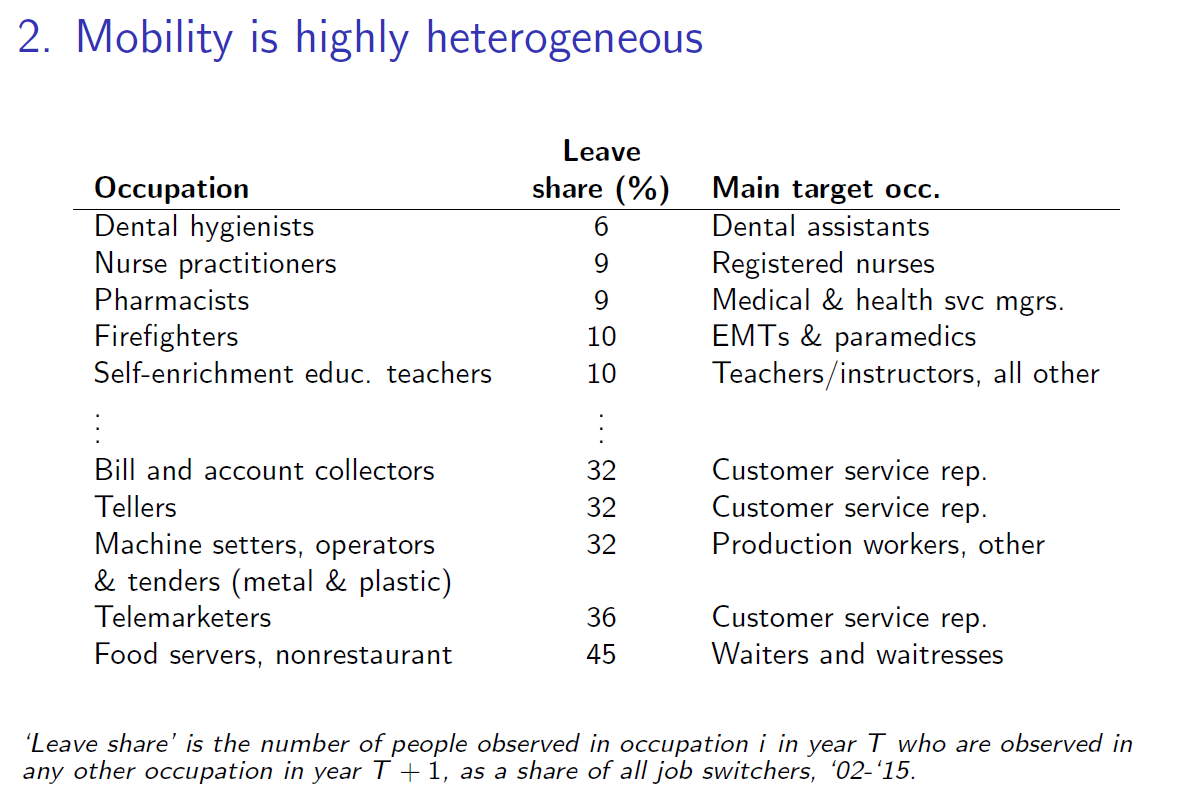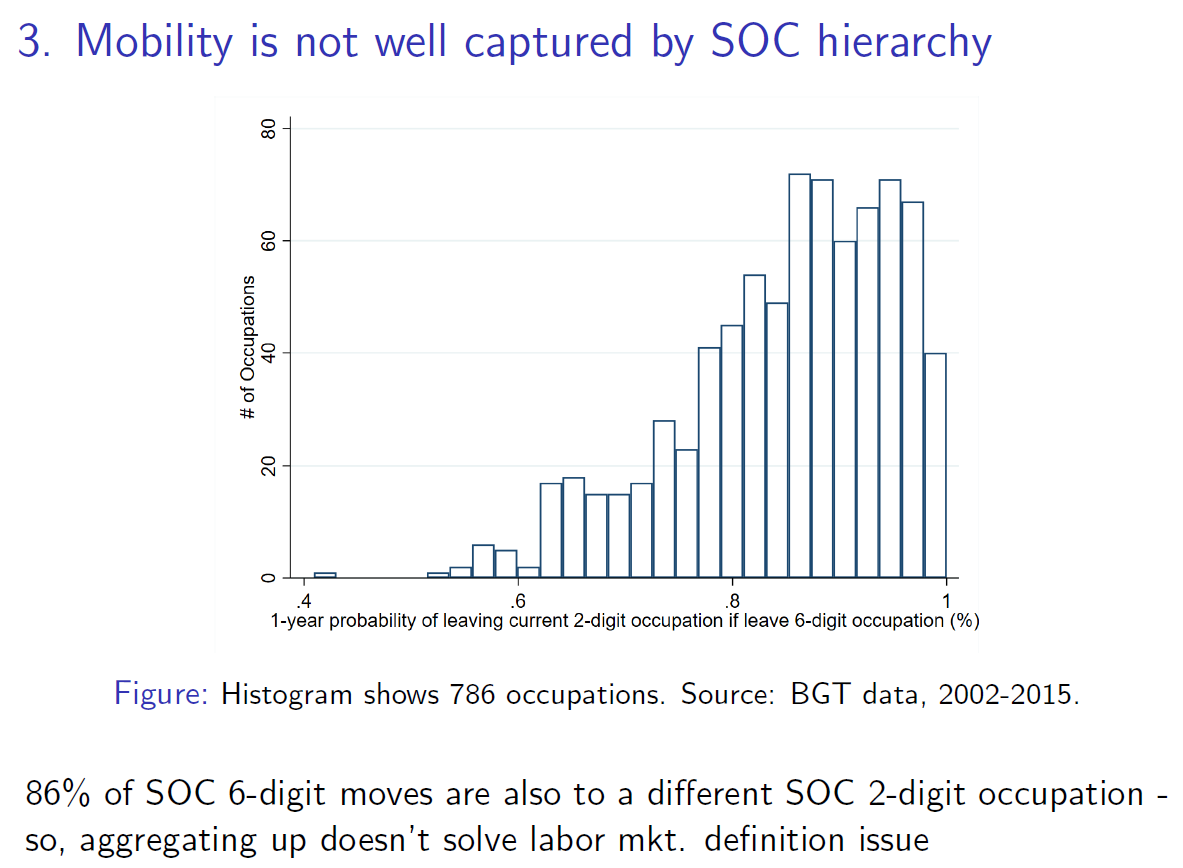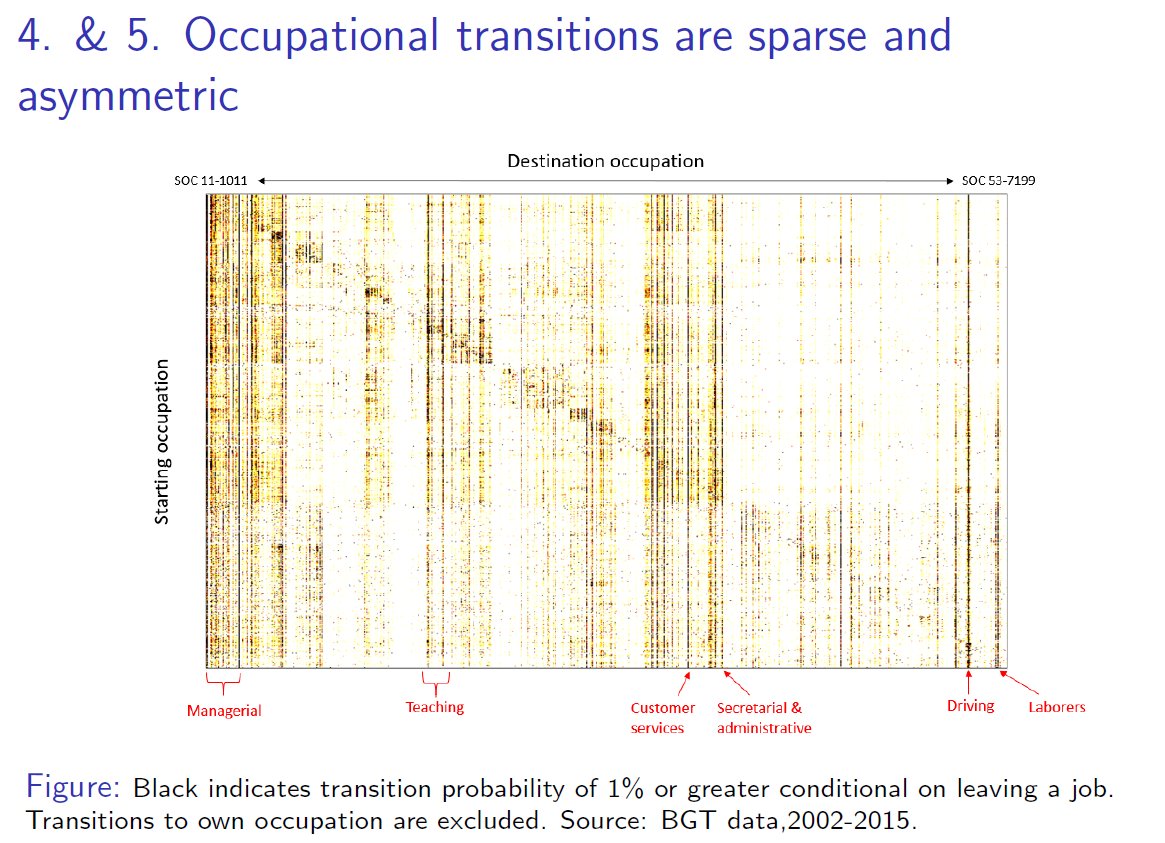As you may know, there isn’t very good existing data on it.
So @gregorschub, @Bledi_Taska & I construct new occupational mobility data, using an amazing new data set of 16 million U.S. resumes from @Burning_Glass. [1/N]
Thread:
Paper: papers.ssrn.com/sol3/papers.cf…













